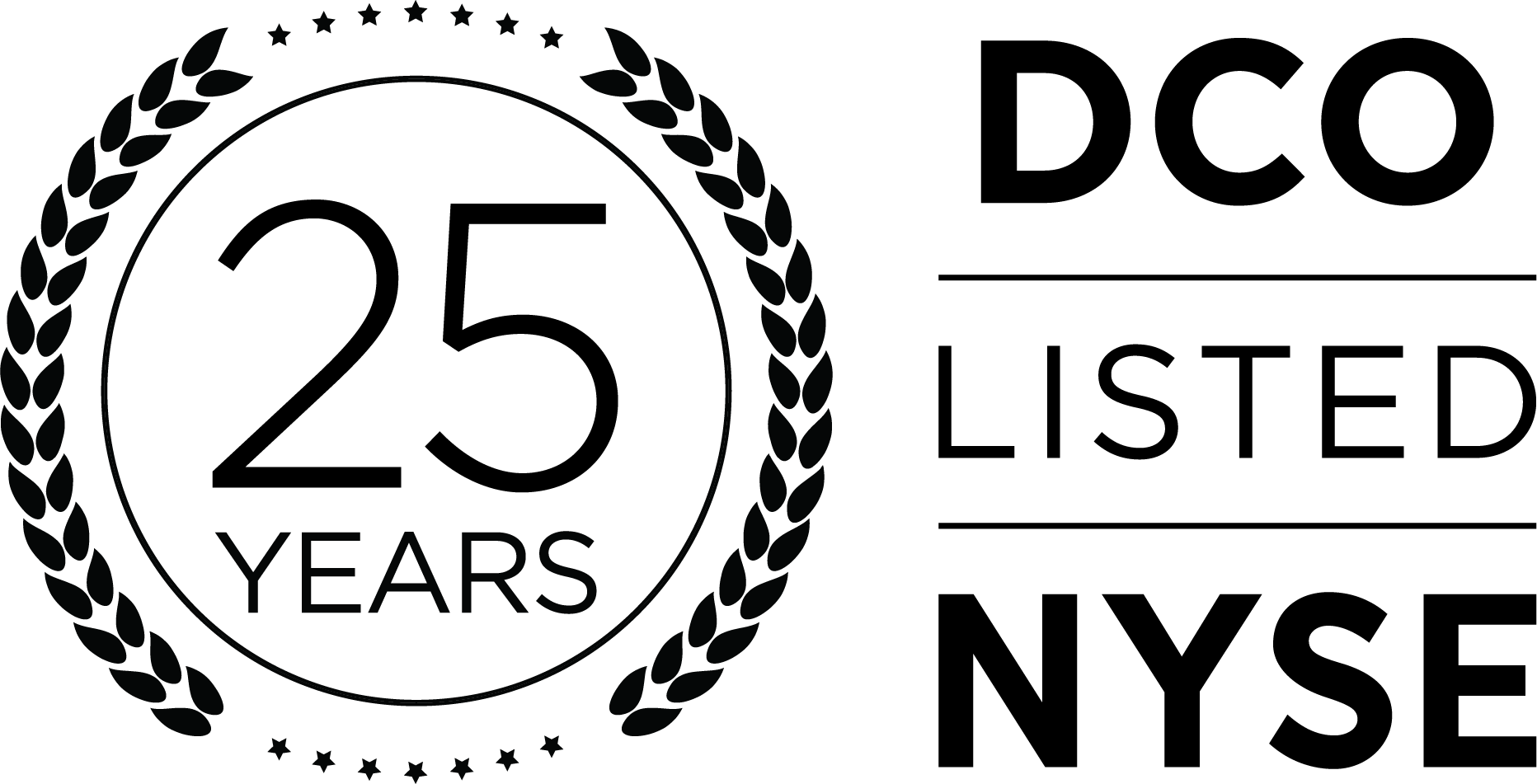Ducommun Incorporated Announces $2.5 Million In Contracts With Fuji Heavy Industrires on Boeing Commercial Aircraft
LOS ANGELES, California (April 25, 2007) -- Ducommun Incorporated (NYSE: DCO) today announced that its Ducommun AeroStructures, Inc. (DAS) subsidiary has been awarded two new contracts with Fuji Heavy Industries of Japan for more than $2.5 million. All work will be performed at DAS’s Gardena, California and Parsons, Kansas facilities.
Joseph C. Berenato, chairman, president and chief executive officer of Ducommun, stated, “We are pleased to have been selected by Fuji Heavy Industries for this statement of work and to welcome Fuji as a new customer to DAS. As we continue to drive Lean Six Sigma throughout Ducommun and focus on the Voice of the Customer, we are becoming the supplier of choice for both new customers and new programs.”
Ducommun AeroStructures manufactures large, complex structural components and assemblies in aluminum, specialty alloys such as titanium, metal bond and composites for a wide variety of military and commercial aerospace applications.
Founded in 1849, Ducommun Incorporated provides engineering and manufacturing services to the aerospace and defense industry.
The statements made in this press release include forward-looking statements that involve risks and uncertainties. The Company’s future financial results could differ materially from those anticipated due to the Company’s dependence on conditions in the airline industry, the level of new commercial aircraft orders, production rates for Boeing commercial aircraft, the C-17 and Apache helicopter rotor blade programs, the level of defense spending, competitive pricing pressures, manufacturing inefficiencies, start-up costs and possible overruns on new contracts, technology and product development risks and uncertainties, product performance, risks associated with acquisitions and dispositions of businesses by the Company, increasing consolidation of customers and suppliers in the aerospace industry, possible goodwill impairment, availability of raw materials and components from suppliers, and other factors beyond the Company’s control. See the Company’s Form 10-K for the year ended December 31, 2006 and Form 10-Q for the quarter ended September 30, 2006 for a more detailed discussion of these and other risk factors and contingencies.
Joseph C. Berenato, chairman, president and chief executive officer of Ducommun, stated, “We are pleased to have been selected by Fuji Heavy Industries for this statement of work and to welcome Fuji as a new customer to DAS. As we continue to drive Lean Six Sigma throughout Ducommun and focus on the Voice of the Customer, we are becoming the supplier of choice for both new customers and new programs.”
Ducommun AeroStructures manufactures large, complex structural components and assemblies in aluminum, specialty alloys such as titanium, metal bond and composites for a wide variety of military and commercial aerospace applications.
Founded in 1849, Ducommun Incorporated provides engineering and manufacturing services to the aerospace and defense industry.
The statements made in this press release include forward-looking statements that involve risks and uncertainties. The Company’s future financial results could differ materially from those anticipated due to the Company’s dependence on conditions in the airline industry, the level of new commercial aircraft orders, production rates for Boeing commercial aircraft, the C-17 and Apache helicopter rotor blade programs, the level of defense spending, competitive pricing pressures, manufacturing inefficiencies, start-up costs and possible overruns on new contracts, technology and product development risks and uncertainties, product performance, risks associated with acquisitions and dispositions of businesses by the Company, increasing consolidation of customers and suppliers in the aerospace industry, possible goodwill impairment, availability of raw materials and components from suppliers, and other factors beyond the Company’s control. See the Company’s Form 10-K for the year ended December 31, 2006 and Form 10-Q for the quarter ended September 30, 2006 for a more detailed discussion of these and other risk factors and contingencies.
